Common Workout Injuries
In today's fast-paced world, maintaining a healthy and active lifestyle is more important than ever. Regular exercise and workouts have become an integral part of our lives, helping us stay fit and rejuvenated. However, engaging in physical activities also carries the risk of sustaining injuries.
Whether you're a seasoned athlete or a beginner, it's crucial to be aware of common workout injuries and take preventive measures to minimize their occurrence. In this article, we will explore effective strategies to prevent and treat common workout injuries, enabling you to continue your fitness journey safely and confidently.
Engaging in regular exercise is highly beneficial for our overall well-being, but it's essential to be aware of the potential risks associated with physical activities.
By following some simple guidelines and adopting preventive measures, you can significantly reduce the chances of getting injured during your workouts. Let's delve into the details of how to prevent and treat common workout injuries effectively.
Importance of Warm-up and Cool-down
Warm-up and cool-down exercises are crucial before and after workouts to prepare your body for physical exertion and aid in recovery.
Warm-up activities like light jogging, stretching, and mobility exercises increase blood flow to the muscles, making them more flexible and less prone to injury. Similarly, cooling down through gentle stretches helps in gradually reducing your heart rate and preventing muscle stiffness.
Proper Form and Technique
Maintaining proper form and technique during exercises is paramount to prevent injuries. Whether you're lifting weights, performing yoga poses, or engaging in aerobic activities, paying attention to your posture and movement patterns is crucial.
Incorrect form can strain your muscles, joints, and ligaments, leading to injuries. It's advisable to seek guidance from a qualified fitness instructor to learn the correct techniques for different exercises.
Gradual Progression
Pushing yourself too hard or advancing too quickly in your fitness routine can increase the risk of injuries.
Gradual progression allows your body to adapt to the demands of exercise, minimizing the chances of overuse injuries or muscle strains. Start with lighter weights or lower intensity workouts, gradually increasing the difficulty level as your strength and endurance improve.
Incorporating Strength Training
Strength training plays a vital role in injury prevention by improving muscle strength and stability. It helps in maintaining proper body alignment, reducing the risk of injuries caused by muscular imbalances.
Including exercises that target different muscle groups and incorporating resistance training into your routine can significantly enhance your overall fitness and reduce the likelihood of workout-related injuries.
Listening to Your Body
One of the most critical aspects of injury prevention is listening to your body. Pay close attention to any pain, discomfort, or unusual sensations during your workouts. Pushing through intense pain or ignoring warning signs can lead to more severe injuries.
If you experience persistent pain or discomfort, it's essential to take a break, seek professional advice, and allow your body time to heal.
Rest and Recovery
Rest and recovery are often underestimated but play a crucial role in injury prevention and overall fitness. Adequate rest between workouts allows your body to repair and rebuild tissues, reducing the risk of overuse injuries.
Make sure to incorporate rest days into your exercise schedule and prioritize quality sleep to promote optimal recovery and muscle regeneration.
Balanced Nutrition and Hydration
Proper nutrition and hydration are key components of injury prevention and overall well-being. Balanced nutrition provides the necessary nutrients to support muscle repair and recovery, while adequate hydration ensures optimal functioning of your body.
Maintain a well-rounded diet that includes lean proteins, whole grains, fruits, and vegetables. Additionally, drink enough water before, during, and after your workouts to stay hydrated.
Injury Prevention Gear
Using appropriate injury prevention gear can significantly reduce the risk of workout-related injuries. Depending on the activity you're engaged in, wearing supportive shoes, knee braces, ankle braces, wrist wraps, or protective padding can provide added stability and protection. Invest in quality gear that suits your specific needs and activities.
Seeking Professional Guidance
If you're new to exercise or have specific health concerns, it's advisable to seek professional guidance from qualified fitness trainers or healthcare professionals. They can assess your fitness level, design personalized workout plans, and guide you with proper techniques to prevent injuries. Working with professionals ensures that you receive expert advice tailored to your individual needs and goals.
Common Workout Injuries and Their Prevention
Understanding common workout injuries and their prevention strategies is essential for maintaining a safe exercise routine. Here are some common workout injuries and tips to prevent them:
Sprains and Strains
Sprains and strains occur when ligaments or tendons are stretched beyond their limits. To prevent these injuries, warm-up adequately, wear supportive footwear, and avoid sudden movements or excessive stress on joints.
Muscle Cramps
Muscle cramps are often caused by dehydration, electrolyte imbalances, or muscle fatigue. Stay hydrated, maintain proper electrolyte balance, and stretch regularly to prevent muscle cramps during workouts.
Tendinitis
Tendinitis refers to inflammation of tendons and commonly occurs due to overuse or repetitive movements. To prevent tendinitis, incorporate cross-training activities, avoid excessive repetitive motions, and allow sufficient rest between workouts.
Shin Splints
Shin splints cause pain along the front of the lower leg and are common in activities involving running or jumping. Wearing proper footwear, gradually increasing workout intensity, and avoiding hard or uneven surfaces can help prevent shin splints.
Runner's Knee
Runner's knee, or patellofemoral pain syndrome, results in pain around the kneecap and is often caused by improper alignment or overuse. Strengthening the muscles around the knee, maintaining proper form, and avoiding excessive downhill running can prevent runner's knee.
Lower Back Pain
Lower back pain can occur due to poor posture, weak core muscles, or improper lifting techniques. Engaging in core-strengthening exercises, maintaining good posture, and using proper body mechanics during exercises can help prevent lower back pain.
Shoulder Injuries
Shoulder injuries can happen during weightlifting, swimming, or sports involving overhead movements. Strengthening the rotator cuff muscles, performing proper warm-up exercises, and avoiding excessive overhead stress can prevent shoulder injuries.
Ankle Injuries
Ankle injuries, such as sprains or twists, are common in activities like running, jumping, or sports with quick changes in direction. Wearing supportive shoes, performing ankle-strengthening exercises, and being cautious on uneven surfaces can help prevent ankle injuries.
Stress Fractures
Stress fractures are tiny cracks in bones and often result from repetitive impact activities. To prevent stress fractures, incorporate low-impact activities into your routine, gradually increase workout intensity, and ensure adequate rest and recovery.
Pulled Muscles
Muscle pulls or strains can occur when muscles are overstretched or subjected to sudden movements. Proper warm-up, gradual progression, and incorporating flexibility exercises can help prevent pulled muscles.
Immediate First Aid for Workout Injuries
Despite taking preventive measures, injuries can still occur. It's crucial to know immediate first aid for workout injuries to minimize their impact. The RICE method (Rest, Ice, Compression, Elevation) is commonly recommended for acute injuries like sprains, strains, or bruises.
Applying ice packs, using compression bandages, and elevating the injured area can help reduce pain, swelling, and further damage. However, it's important to seek medical attention if the injury is severe or doesn't improve with home care.
Rehabilitation and Treatment Options
Rehabilitation and treatment play a vital role in recovering from workout injuries and restoring optimal function. Depending on the type and severity of the injury, treatment options may include physical therapy, chiropractic care, massage therapy, or alternative therapies like acupuncture.
It's crucial to follow the guidance of healthcare professionals and engage in rehabilitation exercises to promote proper healing and prevent future recurrences.
Consulting a Healthcare Professional
If you experience persistent or severe pain, inability to move a body part, or suspect a serious injury, it's essential to consult a healthcare professional.
They can provide an accurate diagnosis, recommend appropriate treatment, and guide you through the recovery process. Don't ignore persistent pain or assume it will resolve on its own, as early intervention can prevent further complications.
Note: Engaging in regular workouts and physical activities offers numerous health benefits, but it's important to prioritize injury prevention.
By following the guidelines discussed in this article, including warm-up and cool-down, maintaining proper form, gradually progressing, incorporating strength training, listening to your body, resting and recovering, and seeking professional guidance, you can significantly reduce the risk of common workout injuries. Remember to always prioritize your safety and well-being while pursuing your fitness goals.
FAQs
Q: How long does it take to recover from a workout injury? A: The recovery time for a workout injury varies depending on the type and severity of the injury. Mild injuries may heal within a few days or weeks, while more severe injuries can take several months. It's essential to follow the guidance of healthcare professionals and allow sufficient time for proper healing.
Q: Can I continue exercising with a minor injury? A: It's advisable to rest and allow minor injuries to heal before resuming exercise. Continuing to exercise with a minor injury can worsen the condition and delay the recovery process. Listen to your body, consult a healthcare professional if needed, and resume exercise only when you're fully recovered.
Q: Are there any exercises that can help prevent workout injuries? A: Yes, certain exercises can help prevent workout injuries by strengthening muscles, improving flexibility, and enhancing stability. Examples include core-strengthening exercises, stretching routines, balance training, and exercises that target specific muscle groups involved in your chosen activities.
Q: Can I prevent all workout injuries by following preventive measures? A: While following preventive measures significantly reduces the risk of workout injuries, it's impossible to prevent all injuries entirely. Accidents or unexpected situations can still occur. However, by adopting safe exercise practices and taking proactive steps to minimize risks, you can create a safer environment for your workouts.
Q: Should I consult a healthcare professional even for minor workout injuries? A: It's always advisable to seek professional advice for any injury, regardless of its severity. Healthcare professionals can provide accurate diagnosis, rule out underlying issues, and recommend appropriate treatment or rehabilitation strategies. Timely intervention can prevent minor injuries from developing into more significant problems.









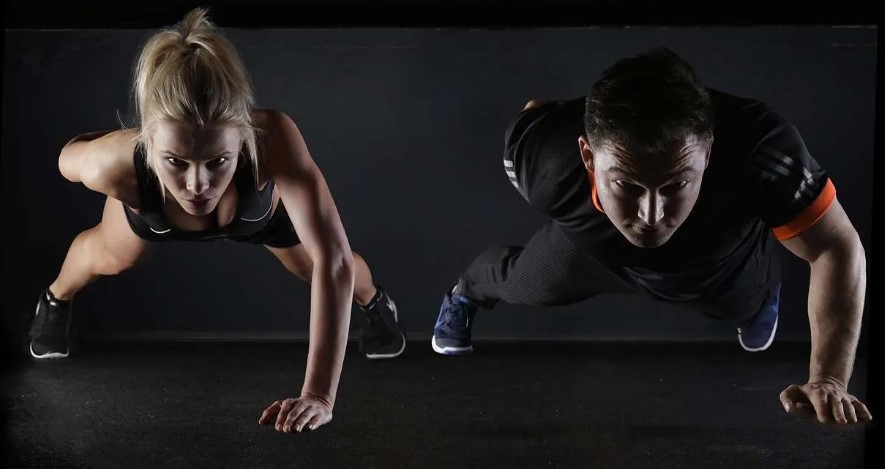


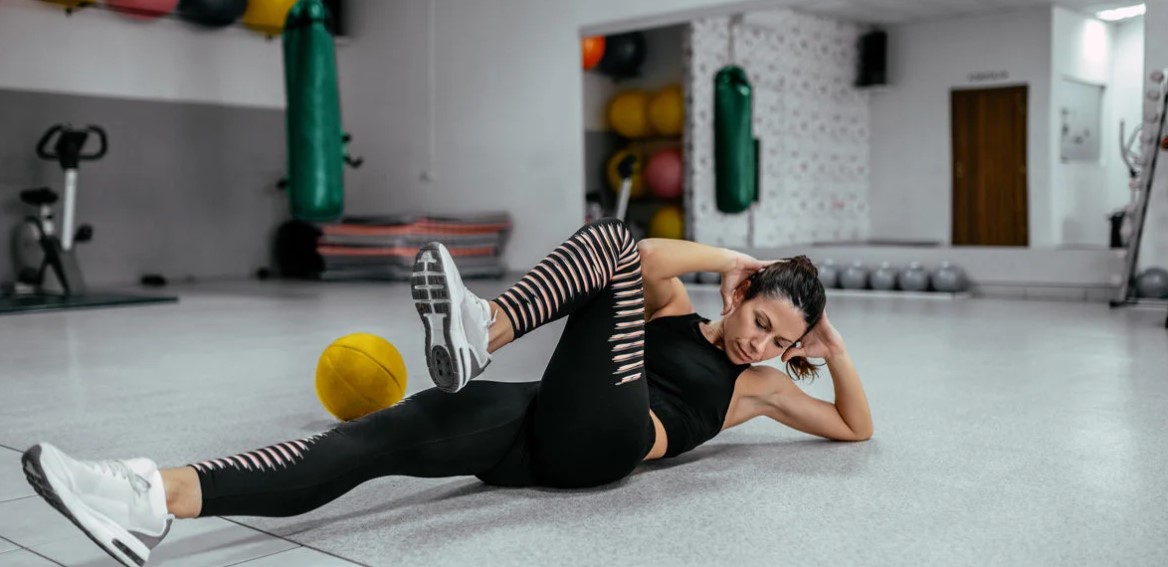




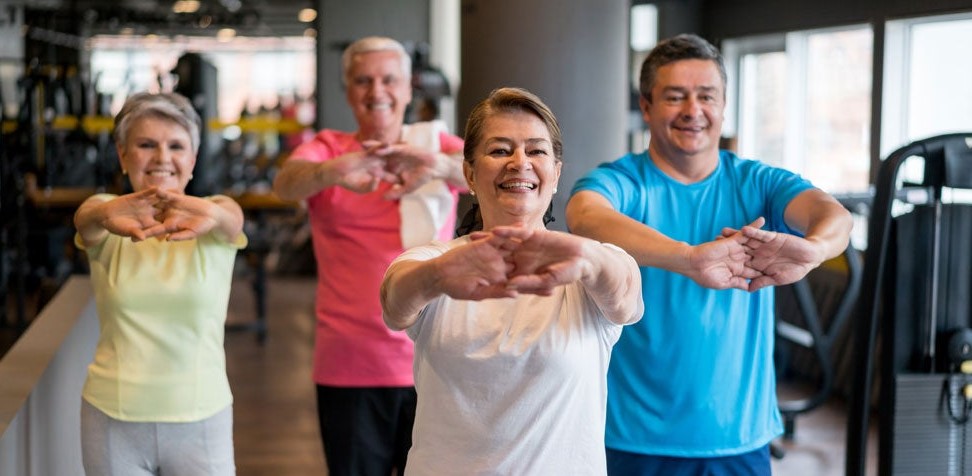








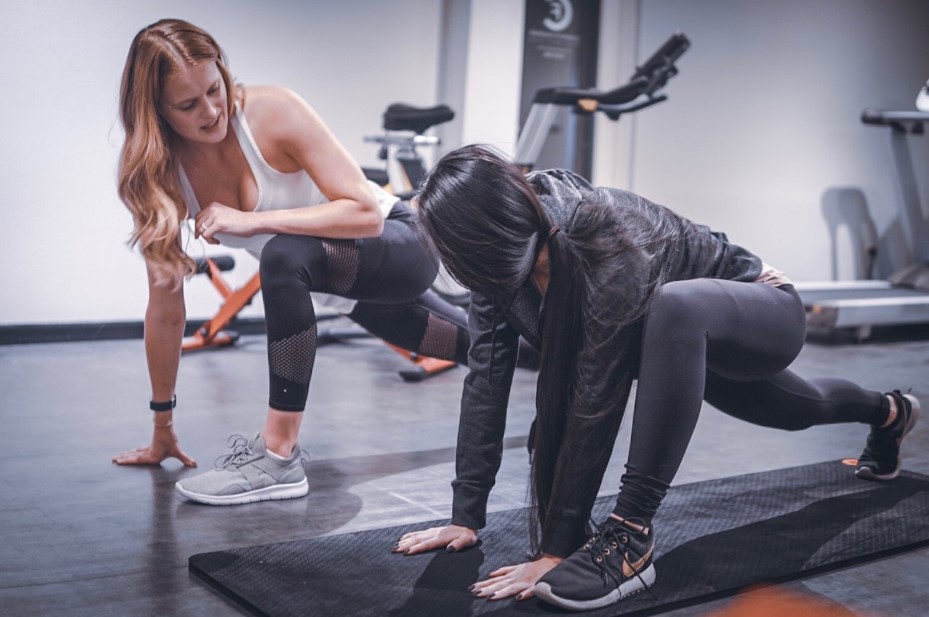














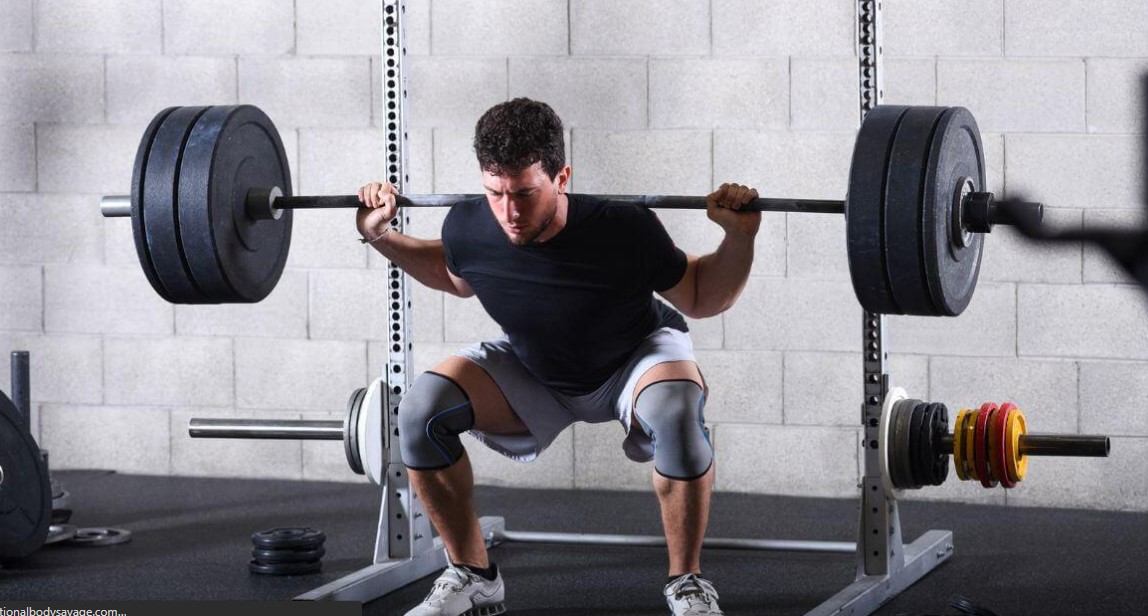

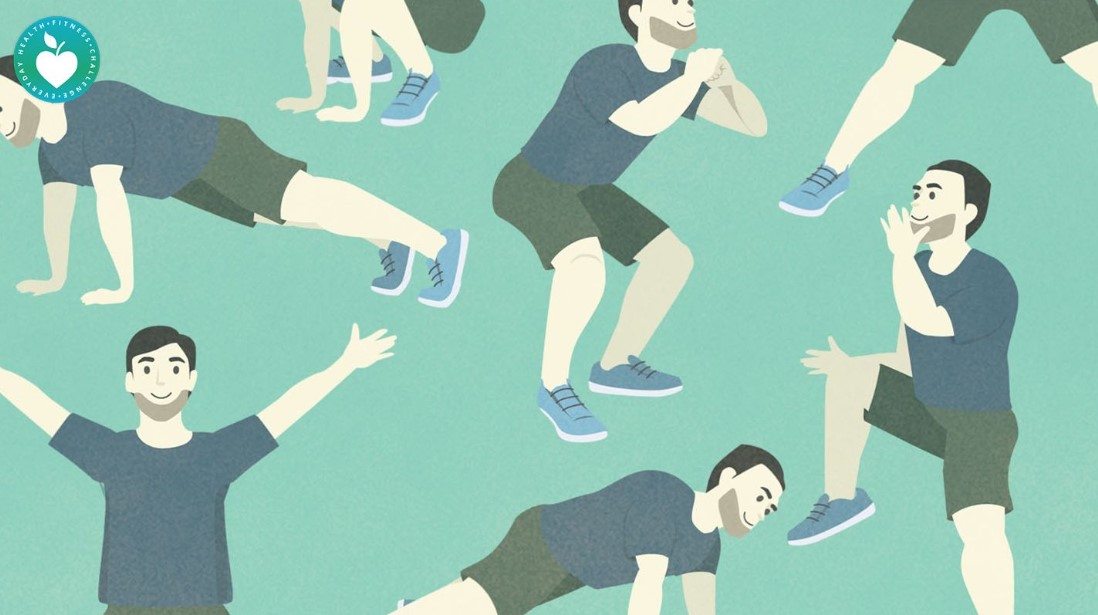







No comments